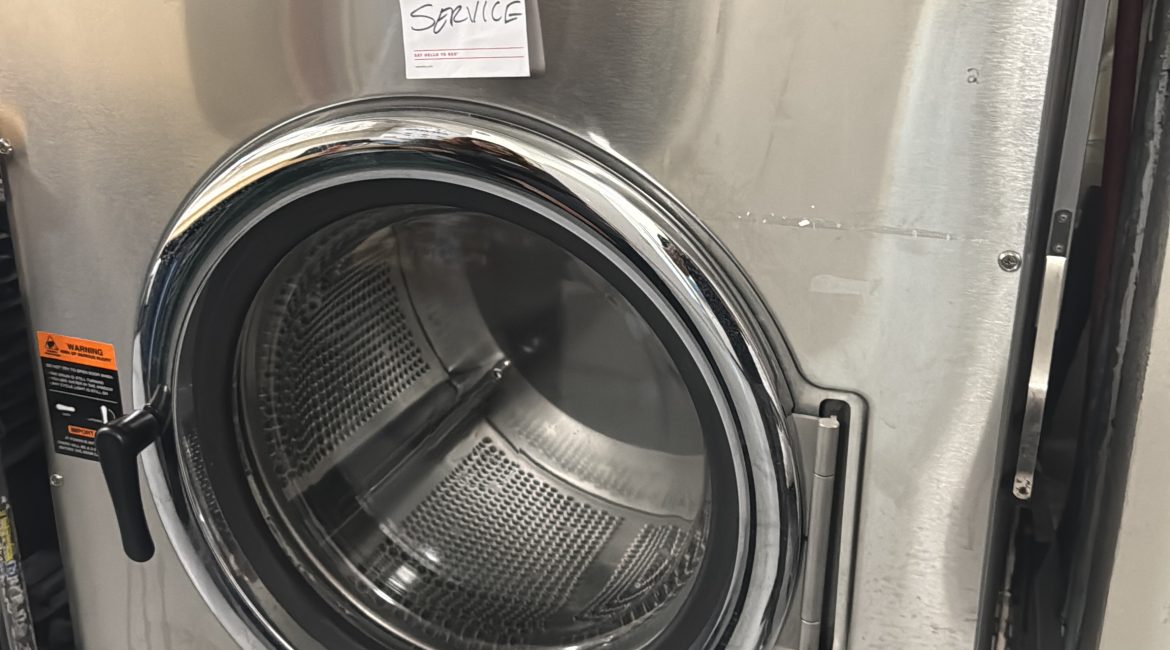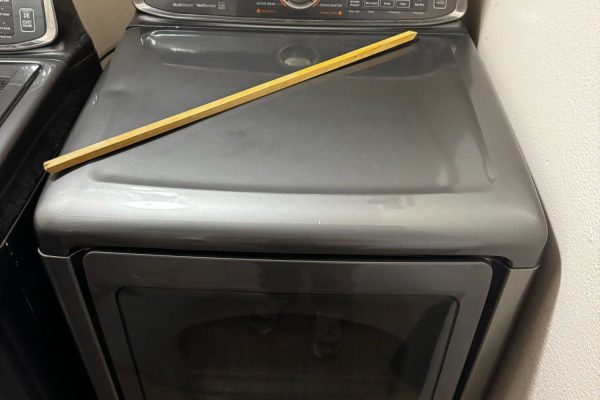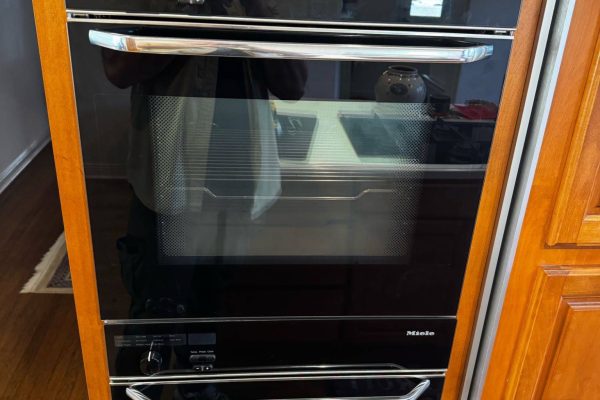Finding detergent residue on freshly washed clothes can be frustrating, especially when you expect your laundry to come out clean, soft, and ready to wear. If your washer is leaving behind powdery or sticky detergent marks, it’s a clear sign that something isn’t functioning properly. Two of the most common culprits behind this problem are cold water temperature issues and a clogged dispenser drawer. Understanding how these factors affect washing performance can help you solve the problem and protect your clothes.
Understanding Detergent Residue
Detergent residue typically appears as white streaks, sticky patches, or even hardened spots on fabrics. It’s especially noticeable on dark clothing and often leads to stiffness, unpleasant odors, or even skin irritation. This problem may seem minor, but over time, it can damage fabrics and reduce the effectiveness of your washer.
There are several possible reasons why detergent remains on clothes, including water temperature, detergent type, load size, and washer maintenance. Let’s explore the two major causes in more detail.
1. Cold Water Issue
Modern washing machines are designed to handle a range of water temperatures, but not all detergents dissolve well in cold water. Most laundry detergents—especially powders—require warm or hot water to dissolve completely. If your washer’s cold water inlet isn’t working correctly, or if your water supply is too cold, detergent may not dissolve properly, leading to residue buildup.
Common signs of a cold water issue include:
- Clothes feel slimy or have white streaks after washing.
- The washer seems to fill only with cold water, even on warm or hot settings.
- Wash cycles take longer than usual as the machine struggles to regulate temperature.
Potential causes:
- Faulty water inlet valve: The valve that controls water temperature may be malfunctioning, preventing hot water from entering the drum.
- Cold water supply line issues: Kinks, clogs, or incorrect hose connections can restrict water flow or cause an imbalance in temperature.
- Temperature sensor failure: The washer’s control board may be misreading the water temperature, causing improper washing conditions.
What to do:
Check your washer’s hoses for kinks or clogs, and make sure they’re properly connected to the hot and cold water taps. If the machine still fills only with cold water or doesn’t respond to temperature settings, it’s time to call a professional.
2. Clogged Dispenser Drawer
Another frequent reason for detergent residue is a clogged or dirty detergent dispenser drawer. Over time, detergent, fabric softener, and water minerals can accumulate in the drawer and its housing, creating sticky layers that block proper water flow. As a result, detergent cannot fully dispense into the drum and instead stays in the drawer or partially rinses out onto your clothes.
Signs of a clogged dispenser drawer include:
- Visible buildup or mold inside the drawer.
- Water remaining in the dispenser after a wash cycle.
- Clothes with concentrated detergent spots.
How to fix it:
- Remove and clean the drawer: Pull out the dispenser drawer and soak it in warm water mixed with mild detergent. Use a soft brush to remove any residue.
- Check the drawer compartment: Clean the area inside the washer where the drawer fits—detergent buildup can occur there as well.
- Avoid overfilling: Always measure detergent according to the manufacturer’s instructions. Too much detergent increases residue and buildup.
- Run a maintenance cycle: Once a month, run a hot wash cycle with a washer cleaner or vinegar solution to remove detergent and mineral buildup.
If you clean the dispenser thoroughly but still notice detergent marks, there may be a more serious internal blockage or water flow problem that requires professional attention.
Preventive Measures to Avoid Detergent Residue
- Use the right detergent: Choose high-efficiency (HE) detergent if you have an HE washer. These detergents are designed to produce fewer suds and dissolve efficiently.
- Adjust water temperature: When washing heavily soiled clothes or using powdered detergent, select warm or hot water settings for better dissolving power.
- Don’t overload the washer: An overfilled drum prevents detergent from circulating properly and dissolving completely.
- Regular maintenance: Keep your washer clean by running maintenance cycles, wiping the rubber gasket, and ensuring the dispenser drawer is always free of buildup.
When to Call a Professional
If you’ve checked the detergent drawer, adjusted your detergent use, and ensured proper water temperature but still notice residue, the problem might be internal. Faulty valves, sensors, or control modules can prevent your washer from regulating water flow and temperature correctly.
In these cases, it’s best to contact a certified technician. They can diagnose the issue accurately and perform necessary repairs to restore your washer’s performance. Ignoring the issue may lead to further complications, such as incomplete rinsing, water leakage, or control failures.
Trust the Experts at Poway Appliance Repair Service Center
When detergent residue keeps appearing no matter what you try, professional help is the best solution. At Poway Appliance Repair Service Center, our skilled technicians specialize in diagnosing and repairing all washer models and brands. We’ll inspect your machine, identify whether the problem lies in the water inlet, temperature control, or dispenser system, and provide a quick and effective fix.
Don’t let detergent residue ruin your laundry or your washer. Contact Poway Appliance Repair Service Center today for reliable, same-day service and get your washing machine running like new again.
Contact us


